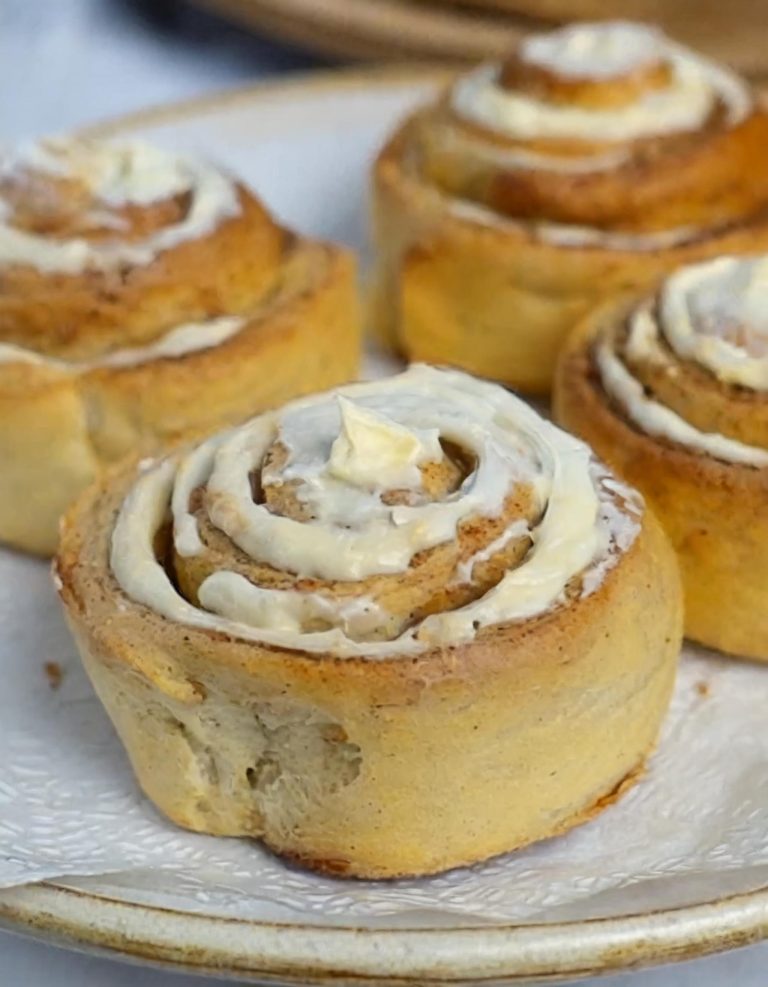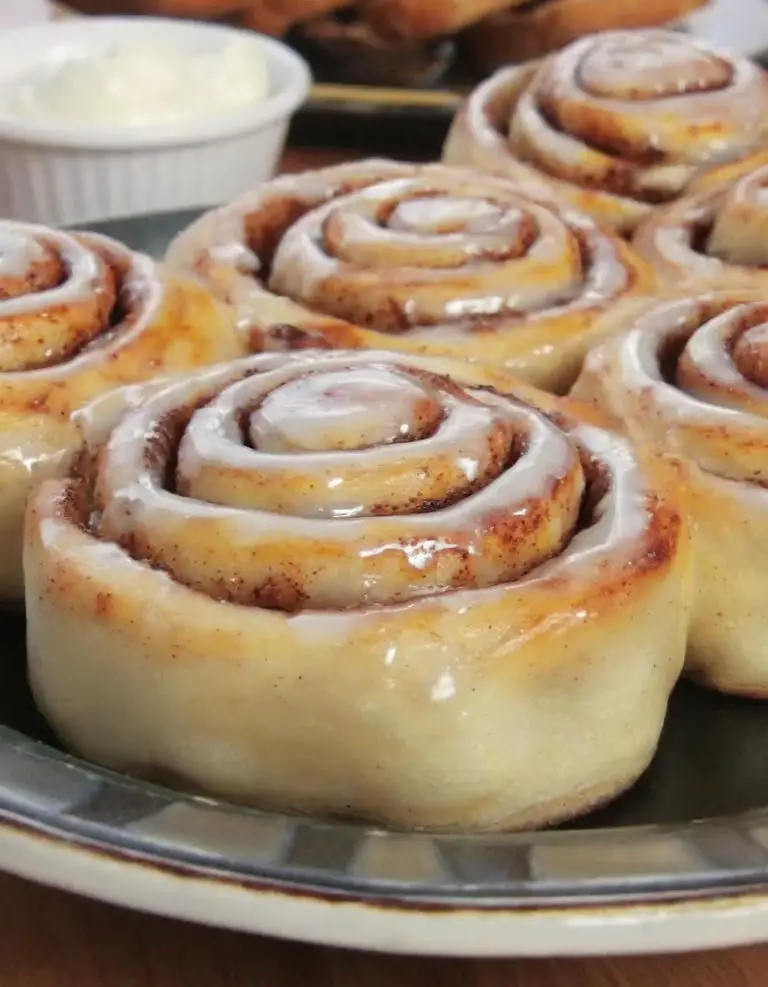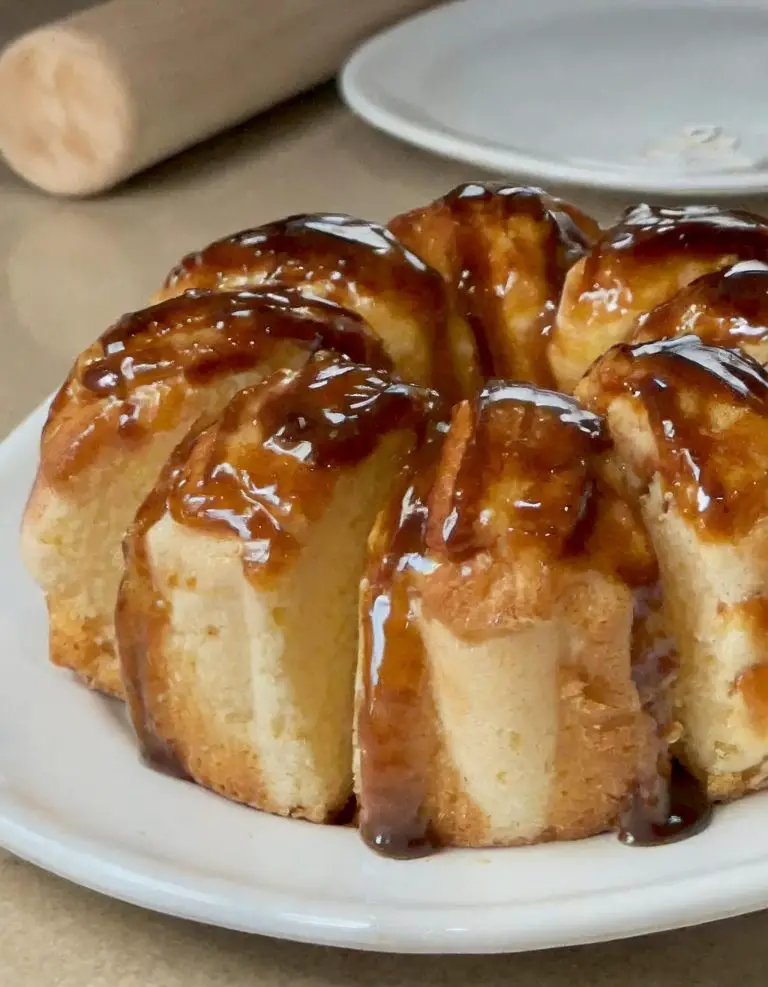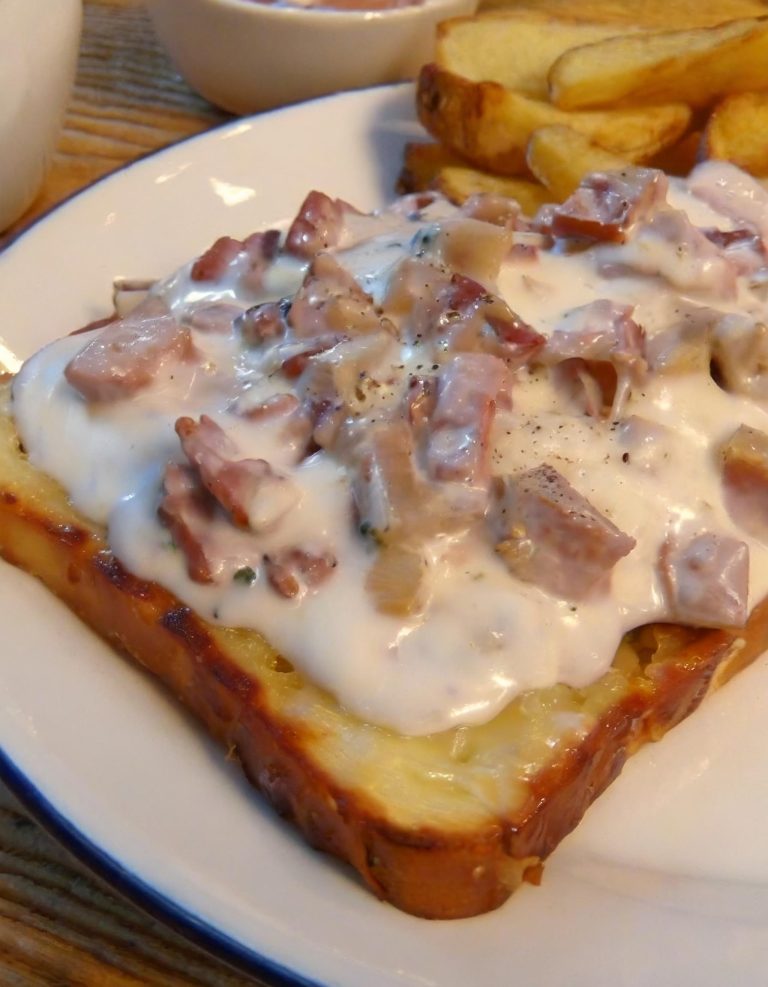Amish White Bread
Amish White Bread is a simple, sweet, and velvety bread that’s perfect for both beginners and experienced bakers. This recipe yields two loaves of soft, white bread with a delicate sweetness, making it ideal for sandwiches, toast, or to enjoy on its own.

The process involves basic ingredients and traditional bread-making techniques that embody the Amish community’s emphasis on simplicity and quality. Follow this recipe for a taste of homemade comfort, perfect for sharing with family and friends.
Ingredients Needed for This Recipe
- 2 cups warm water (110 degrees F/45 degrees C)
- ⅔ cup white sugar
- 1 ½ tablespoons active dry yeast
- 1 ½ teaspoons salt
- ¼ cup vegetable oil
- 6 cups bread flour
Instructions for Making Amish White Bread
- In a large bowl, dissolve the sugar in warm water, and then stir in the yeast. Allow to proof until yeast resembles a creamy foam, about 5 minutes.
- Mix salt and oil into the yeast. Mix in flour one cup at a time. Knead dough on a lightly floured surface until smooth.
- Place in a well-oiled bowl, and turn to coat the surface of the dough. Cover with a damp cloth and allow to rise until doubled in volume, about 1 hour.
- Punch dough down. Knead for a few minutes, and divide in half. Shape into loaves, and place into two lightly greased 9×5 inch loaf pans. Allow to rise for 30 minutes, or until dough has risen 1 inch above pans.
- Bake at 350 degrees F (175 degrees C) for 30 minutes. Cool in pans for 10 minutes, and then move to a wire rack to cool completely.
Tips for Perfecting the Recipe
Yeast Proofing: Successful yeast proofing is crucial for the bread to rise. The water should be warm but not hot, ideally around 110 degrees F (45 degrees C). If it’s too hot, it can kill the yeast, and if it’s too cold, the yeast won’t activate. Using a thermometer can help ensure the correct temperature. Additionally, adding sugar during the proofing process provides the yeast with food, encouraging activation and growth.
Kneading the Dough: Kneading develops the gluten in the bread, which is essential for creating a soft, airy texture. If you’re kneading by hand, it may take about 10 minutes to reach the desired consistency. The dough should be smooth and slightly tacky but not sticky. If it’s too sticky, add a little more flour, but do so sparingly, as too much flour can make the bread dense.
First Rise: Finding a warm, draft-free spot for the first rise is important. The dough should double in size, which can take anywhere from 1 to 2 hours depending on the room temperature. To create a warm environment, you can turn your oven on to the lowest setting for a few minutes, then turn it off and place the dough inside with the door closed.
Shaping the Loaves: When shaping your loaves, try to keep the surface tension smooth. This helps in creating a nice, even crust and ensures that the bread bakes uniformly. Be gentle when pressing the dough into shape to avoid deflating it too much.
Second Rise: The second rise is shorter but no less crucial. The shaped loaves should rise until they’re just peeking over the edge of the pan. Over-proofing at this stage can lead to bread that spills over the pan or collapses in the oven.
Baking: Oven temperature accuracy is key. An oven thermometer can help ensure that your oven is at the right temperature. Baking the bread at 350 degrees F (175 degrees C) should yield a golden crust without overbaking the interior. If the bread is browning too quickly, you can tent it with aluminum foil.
Cooling: Allowing the bread to cool on a wire rack prevents the bottom from becoming soggy. Resist the temptation to cut into the bread too soon; cooling helps the structure set and improves the texture.
Serving Suggestions
Breakfast Delight: Amish White Bread makes an excellent base for French toast. Its subtle sweetness and soft texture absorb the egg mixture well, resulting in a decadent breakfast treat. Serve with a dusting of powdered sugar, fresh berries, and maple syrup.
Sandwich Staple: The soft, tender crumb of this bread holds together well, making it perfect for sandwich creations. From classic ham and cheese to more elaborate avocado, turkey, and cranberry, Amish White Bread complements a wide range of flavors.
Toast to Perfection: Simply toasting this bread and spreading it with butter and jam can transform it into a comforting snack or breakfast item. The bread’s edges become pleasantly crispy, providing a nice contrast to its soft interior.
Bread Pudding Base: Cube leftover Amish White Bread to use as the base for a rich, custardy bread pudding. The bread’s inherent sweetness pairs well with the custard, making for a delightful dessert or brunch dish.
Storage Tips
Room Temperature Storage: Once completely cooled, store the bread in a bread box or wrapped in a clean kitchen towel for up to 2 days. This method helps maintain its moisture without causing the crust to become too soft.
Refrigerating: While refrigerating bread can extend its shelf life, it can also cause the bread to dry out faster. If you must refrigerate, wrap it tightly in plastic wrap or place it in an airtight container to retain its moisture as much as possible.
Freezing for Longevity: For longer storage, slice the bread and freeze it in airtight bags. This way, you can take out and toast slices as needed, enjoying fresh bread for up to 3 months. Ensure all air is squeezed out of the bags to prevent freezer burn.
Reviving Bread: If the bread has started to stale, you can revive it by lightly sprinkling it with water and warming it in a 300 degrees F (150 degrees C) oven for about 5-10 minutes. The steam refreshes the bread, making it soft again.
Frequently Asked Questions
Can I use all-purpose flour instead of bread flour?
Yes, you can use all-purpose flour, but the bread may have a slightly denser texture. Bread flour has a higher protein content, which helps create a lighter, more structured loaf.
Can I make this bread without a stand mixer?
Absolutely! While a stand mixer can make the process easier, especially when it comes to kneading, making bread by hand is a traditional method that works just as well. It might require more time and physical effort, but kneading by hand is very doable and can be quite satisfying.
How can I tell if the bread is fully baked?
A good indication that bread is done is when it’s golden brown on top and sounds hollow when tapped on the bottom. An instant-read thermometer inserted into the center of the loaf should read between 190-200 degrees F (88-93 degrees C) when the bread is fully baked.
Why is my bread crust too hard?
A hard crust can result from baking the bread too long or at too high a temperature. Another possible reason is not covering the bread during the second rise, which can dry out the surface. To prevent a hard crust, you can brush the top of the dough with milk or melted butter before baking, which helps to soften it.
Can I add ingredients like nuts or raisins to the dough?
Yes, you can customize this bread by adding ingredients such as nuts, raisins, or dried cranberries. Add them during the last few minutes of kneading to distribute them evenly throughout the dough without crushing them.
How do I keep the bread from sticking to the pan?
Greasing the pan thoroughly with butter or oil should prevent sticking. For extra caution, you can line the bottom of the pan with parchment paper. Make sure to let the bread cool for about 10 minutes before trying to remove it from the pan to allow it to release more easily.
Amish White Bread
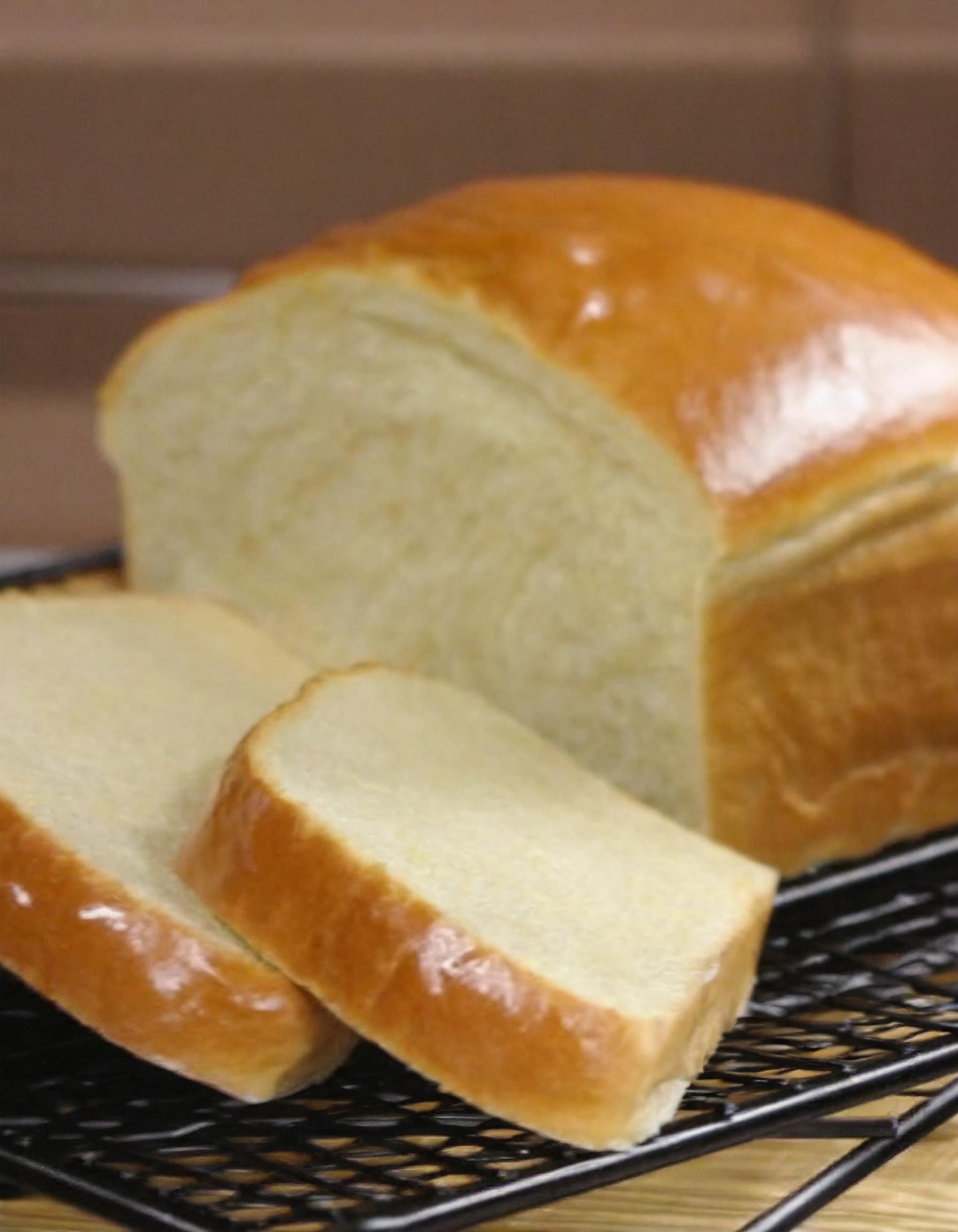
Ingredients
- 2 cups warm water 110 degrees F/45 degrees C
- ⅔ cup white sugar
- 1 ½ tablespoons active dry yeast
- 1 ½ teaspoons salt
- ¼ cup vegetable oil
- 6 cups bread flour
Instructions
- In a large bowl, dissolve the sugar in warm water, and then stir in the yeast. Allow to proof until yeast resembles a creamy foam, about 5 minutes.
- Mix salt and oil into the yeast. Mix in flour one cup at a time. Knead dough on a lightly floured surface until smooth.
- Place in a well-oiled bowl, and turn to coat the surface of the dough. Cover with a damp cloth and allow to rise until doubled in volume, about 1 hour.
- Punch dough down. Knead for a few minutes, and divide in half. Shape into loaves, and place into two lightly greased 9×5 inch loaf pans. Allow to rise for 30 minutes, or until dough has risen 1 inch above pans.
- Bake at 350 degrees F (175 degrees C) for 30 minutes. Cool in pans for 10 minutes, and then move to a wire rack to cool completely.

